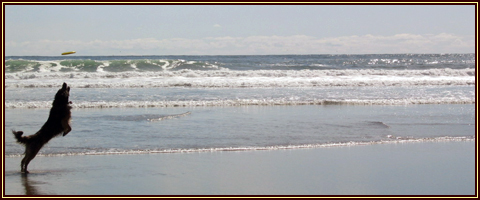What to do when there may be horse colic
Wednesday, March 31st, 2010As opposed to with human babies, colic in horses can turn into really considerable. In simple fact, it really is considered as an emergency due to the possible destruction that it may do towards the horses. Even when treated immediately, only some will respond to treatment and treatment. The condition of most will only deteriorate.
Colic in horses, like in human beings, is pinpointed to a difficulty inside digestive procedure. Horses will really feel soreness in their abdomen, which can bring about them to act wild. Horses who are suffering from colic will also cry and shout. They’re going to also prance and buck wherever they are. This might result in injuries to themselves and also towards folks who go close to them.
There are many forms of colic in horses. One particular is a colic induced by a issue with gas. This really is referred to as spasmodic colic. An additional type is triggered by obstructions in some areas of the body, specially within the colon or during the intestines, in which the structure is a whole lot narrower compared to other species. Generally, impactions like this in distinct areas of their bodies will call for remedy, from some thing as simple as oil and medication to fluid therapy, dependant upon the severity with the difficulty. Other types that horse lovers and owners ought to view out for are colics brought on by overeating and those people caused by worms.
Symptoms of colic in horses
There are several signs of colic in horses, principal of this stands out as the apparent restlessness and abrupt loss of appetite. Like infants, they’ll also be grouchy and fitful. Appetite is probably the most crucial details that horse owners ought to observe as this may be regularly overlooked. An additional achievable sign of colic is that the horse will grow to be restless at 1 time and listless another time. They will unusually be lacking in vitality and is going to be lying lower for a period of time. Other instances, they may be at their most active.
This can be when the colic is previously in its innovative kind as well as the horse can no longer bear the agony. They may tart to paw, prance, and kick the belly. They are going to be shopping at their sides frequently, and rolling their upper lip. Some will also be jerking their tails, stretching their legs and proceeding from a single position to an additional, unable to rest.
In critical circumstances, they can get so wild that they are going to throw ourselves lower and assume positions which can be so unnatural. They’re going to groan and roll and paw.
Though often, horses could be mighty moody at times, all these happening on the similar timeframe, recurring a lot more than twice need to witout a doubt sound the alarm bells especially if the behavior is so in contrast to your horse’s temperament.
How to proceed
The 1st point for you to should do in the event you suspect colic with your horse would be to not panic. This assistance is usually tough to take in when your horse is tearing the barn decrease with their wild behavior. But stress is not going to achieve anything. You may need a apparent thoughts to deal using the difficulty. Besides, the feelings of stress will only be picked up by your horse, thereby exacerbating their individual worries and fears.
The following point which you must do would be to call the veterinarian. Ask for assistance and do not attempt to solve it by your self or to wait till the problem improves. Remember that colic is usually a serious matter and ought to be handled as quickly as doable.







